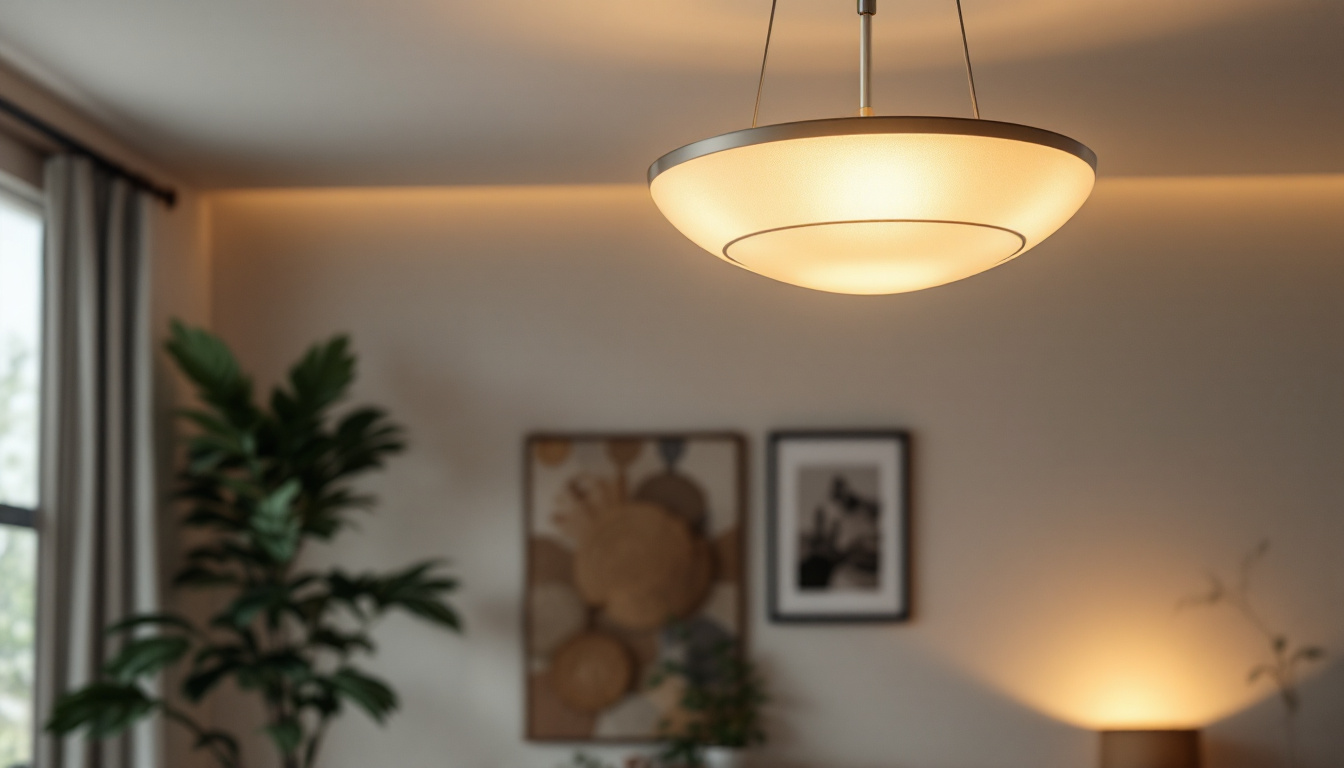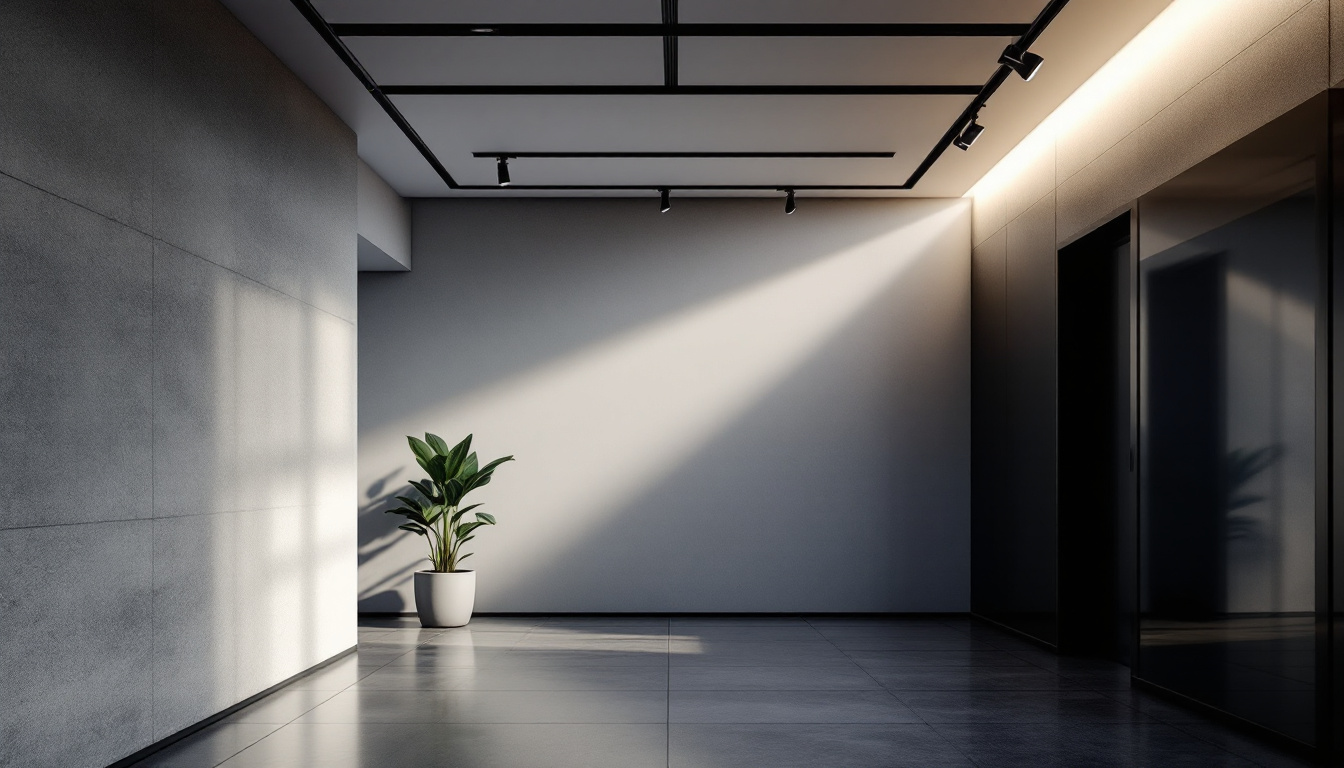
Lighting is a critical component of any construction or renovation project, and understanding the various options available is essential for lighting contractors. Among the most common types of lighting are fluorescent, LED, and incandescent bulbs. Each type has its own set of advantages and disadvantages, making it crucial for contractors to be informed about these differences. This article explores the pros and cons of fluorescent, LED, and incandescent lighting, providing valuable insights for lighting contractors.
Fluorescent lighting has been a popular choice for commercial spaces for decades. These bulbs work by passing an electric current through a gas, which produces ultraviolet light. This light then excites a phosphor coating on the inside of the bulb, emitting visible light. Fluorescent lights are known for their efficiency and longevity, making them a staple in offices, schools, and retail spaces.
One of the key benefits of fluorescent lighting is its energy efficiency. Compared to incandescent bulbs, fluorescent lights consume significantly less electricity, which can lead to lower utility bills. Additionally, they have a longer lifespan, often lasting up to 10 times longer than traditional incandescent bulbs. This longevity can reduce maintenance costs, as contractors will need to replace bulbs less frequently. Moreover, fluorescent lighting is available in various sizes and shapes, allowing for flexibility in design and installation. From long tubes used in commercial settings to compact fluorescent lamps (CFLs) that can fit into standard light fixtures, this versatility makes them suitable for a wide range of applications.
Light Emitting Diodes (LEDs) represent the latest advancement in lighting technology. These bulbs work by passing an electrical current through a semiconductor, which emits light. LEDs are gaining popularity due to their exceptional energy efficiency and versatility. They are available in a wide range of colors and can be used in various applications, from residential to commercial and industrial settings.
One of the most significant advantages of LED lighting is its energy efficiency. LEDs consume up to 75% less energy than incandescent bulbs and can last up to 25 times longer. This longevity not only translates to lower energy costs but also reduces the frequency of replacements, making them an attractive option for contractors. Furthermore, LEDs are available in a variety of color temperatures, allowing for greater flexibility in design and ambiance. For instance, warmer tones can create a cozy atmosphere in homes, while cooler tones are often preferred in workplaces for a more focused environment. Additionally, advancements in smart LED technology have introduced features such as dimming and color-changing capabilities, allowing users to customize their lighting experience to suit their mood or activity.
Incandescent bulbs have been around for over a century and are often considered the traditional lighting option. These bulbs produce light by heating a filament until it glows. While they are known for their warm light and excellent color rendering, they are also the least energy-efficient option available.
One of the primary advantages of incandescent lighting is its warm, inviting glow. This quality makes them a popular choice for residential applications, particularly in living rooms and dining areas. However, their energy inefficiency is a significant drawback. Incandescent bulbs consume more electricity and have a shorter lifespan compared to fluorescent and LED options. This can lead to higher energy bills and increased maintenance costs for contractors and property owners alike. Despite these drawbacks, many people appreciate the nostalgic feel of incandescent lighting, often associating it with comfort and home. Additionally, some manufacturers have developed halogen incandescent bulbs, which offer slightly improved efficiency and longer life while still maintaining the familiar warmth of traditional incandescent lighting, catering to those who prefer a classic aesthetic without completely sacrificing energy savings.
Energy efficiency is a crucial factor for lighting contractors when selecting the appropriate lighting solution for their projects. Fluorescent and LED lights are significantly more energy-efficient than incandescent bulbs. Fluorescent bulbs typically consume about 25% less energy than incandescent bulbs, while LEDs take this a step further by consuming up to 75% less energy.
For contractors, this means that recommending fluorescent or LED solutions can lead to substantial cost savings for clients over time. Additionally, energy-efficient lighting options may qualify for rebates or incentives from utility companies, making them even more appealing choices.
The lifespan of lighting options is another critical consideration for contractors. Incandescent bulbs generally last about 1,000 hours, while fluorescent bulbs can last between 7,000 to 15,000 hours. In contrast, LED bulbs can last anywhere from 15,000 to 50,000 hours or more. This extended lifespan means that contractors will spend less time and money on replacements and maintenance.
For commercial projects, where lighting is often used for extended periods, the long lifespan of fluorescent and LED bulbs can significantly reduce operational costs. This factor is particularly important for contractors working in environments such as offices, warehouses, and retail spaces, where minimizing downtime and maintenance is a priority.
When it comes to upfront costs, incandescent bulbs are the most affordable option. However, the long-term savings associated with fluorescent and LED lighting often outweigh the initial investment. Fluorescent bulbs are typically more expensive than incandescent options, but they offer better energy efficiency and longevity. LEDs, while the most expensive upfront, provide the best return on investment due to their exceptional lifespan and energy savings.
Contractors should consider the total cost of ownership when advising clients on lighting options. While the initial cost may be a concern, the savings on energy bills and maintenance can make fluorescent and LED options more economical in the long run.
The environmental impact of lighting choices is an increasingly important consideration for contractors. Incandescent bulbs consume more energy, leading to higher carbon emissions from power plants. In contrast, fluorescent and LED lights use significantly less energy, resulting in a smaller carbon footprint.
By choosing energy-efficient lighting solutions, contractors can help their clients reduce their environmental impact. This is particularly relevant for businesses looking to enhance their sustainability initiatives or meet regulatory requirements regarding energy consumption and emissions.
Another environmental factor to consider is the materials used in lighting products and their disposal. Incandescent bulbs are generally less hazardous, as they do not contain toxic materials. However, fluorescent bulbs contain small amounts of mercury, which requires careful disposal to prevent environmental contamination.
LEDs, while more environmentally friendly in terms of energy consumption, also require proper disposal due to the presence of electronic components. Contractors should educate clients on the importance of disposing of these products responsibly, whether through recycling programs or designated disposal facilities.
The suitability of each lighting type can vary significantly between residential and commercial applications. Incandescent bulbs are often favored in residential settings for their warm light and aesthetic appeal. They are commonly used in fixtures such as table lamps, chandeliers, and sconces.
In commercial settings, fluorescent and LED lighting are more prevalent due to their energy efficiency and longevity. Offices, retail spaces, and industrial environments benefit from the bright, even illumination provided by these lighting options. Contractors should assess the specific needs of each project to recommend the most suitable lighting type.
Different lighting types excel in various specific use cases. For instance, fluorescent lights are often used in environments that require bright, consistent lighting, such as classrooms and hospitals. Their ability to provide even illumination makes them ideal for these settings.
On the other hand, LEDs are increasingly used in applications such as accent lighting, outdoor lighting, and smart lighting systems. Their versatility allows for creative lighting designs and energy-efficient solutions that can be tailored to the unique needs of each project.
The future of lighting technology is increasingly leaning towards smart lighting solutions. These systems allow for greater control over lighting conditions, enabling users to adjust brightness, color temperature, and even scheduling through mobile apps or voice commands. LEDs are particularly well-suited for integration into smart lighting systems due to their energy efficiency and compatibility with various technologies.
For lighting contractors, staying informed about smart lighting trends is essential. As more clients seek energy-efficient and customizable solutions, contractors who can offer expertise in smart lighting will be positioned to meet this growing demand.
As LED technology continues to evolve, new advancements are being made in efficiency, color rendering, and design. Innovations such as tunable white LEDs allow users to adjust the color temperature of their lighting, enhancing comfort and productivity in various settings.
Contractors should keep an eye on these advancements, as they can provide clients with cutting-edge solutions that enhance both aesthetics and functionality. By incorporating the latest LED technologies into their projects, contractors can differentiate themselves in a competitive market.
For lighting contractors, understanding the pros and cons of fluorescent, LED, and incandescent lighting is essential for making informed decisions that benefit clients. Each lighting type has its unique advantages and disadvantages, and the best choice often depends on the specific needs of the project.
By considering factors such as energy efficiency, lifespan, initial costs, environmental impact, and specific applications, contractors can provide valuable insights to their clients. As the lighting industry continues to evolve, staying informed about the latest trends and technologies will further enhance the ability to deliver effective and sustainable lighting solutions.
Ultimately, the goal is to create spaces that are not only well-lit but also energy-efficient and environmentally friendly. By making informed lighting choices, contractors can contribute to a brighter and more sustainable future.
Ready to elevate your lighting game? At LumenWholesale, we provide lighting contractors with the highest quality, spec-grade lighting products at unbeatable wholesale prices. Say goodbye to local distributor markups and hello to a vast selection of reliable, high-performance lighting that meets the most rigorous industry standards. With free shipping on bulk orders, you can stock up on energy-efficient and sustainable lighting solutions that align perfectly with the needs of your projects. Don’t settle for less—choose LumenWholesale for the perfect blend of quality, affordability, and convenience. Explore our Wholesale Lighting at the Best Value today and light up your clients’ spaces with confidence.

Explore the essential insights and trends in semi flush mount lighting for modern spaces.

Discover essential compliance insights for lighting contractors in our comprehensive guide on Sylvania standards.

Discover essential insights and expert tips for lighting contractors on selecting and installing wall light fixtures.

Discover how linear track lighting is transforming the industry and giving lighting contractors a competitive edge.